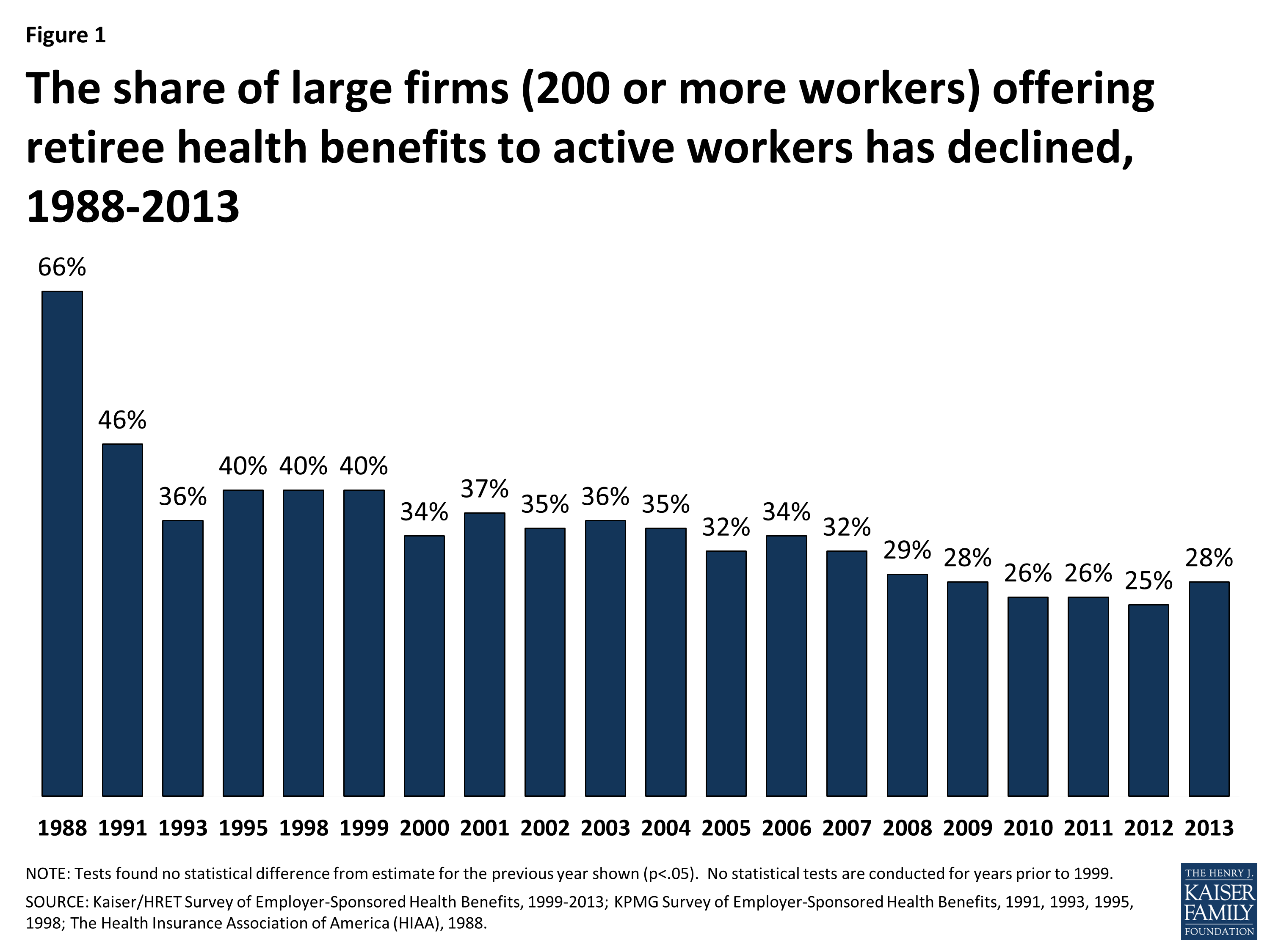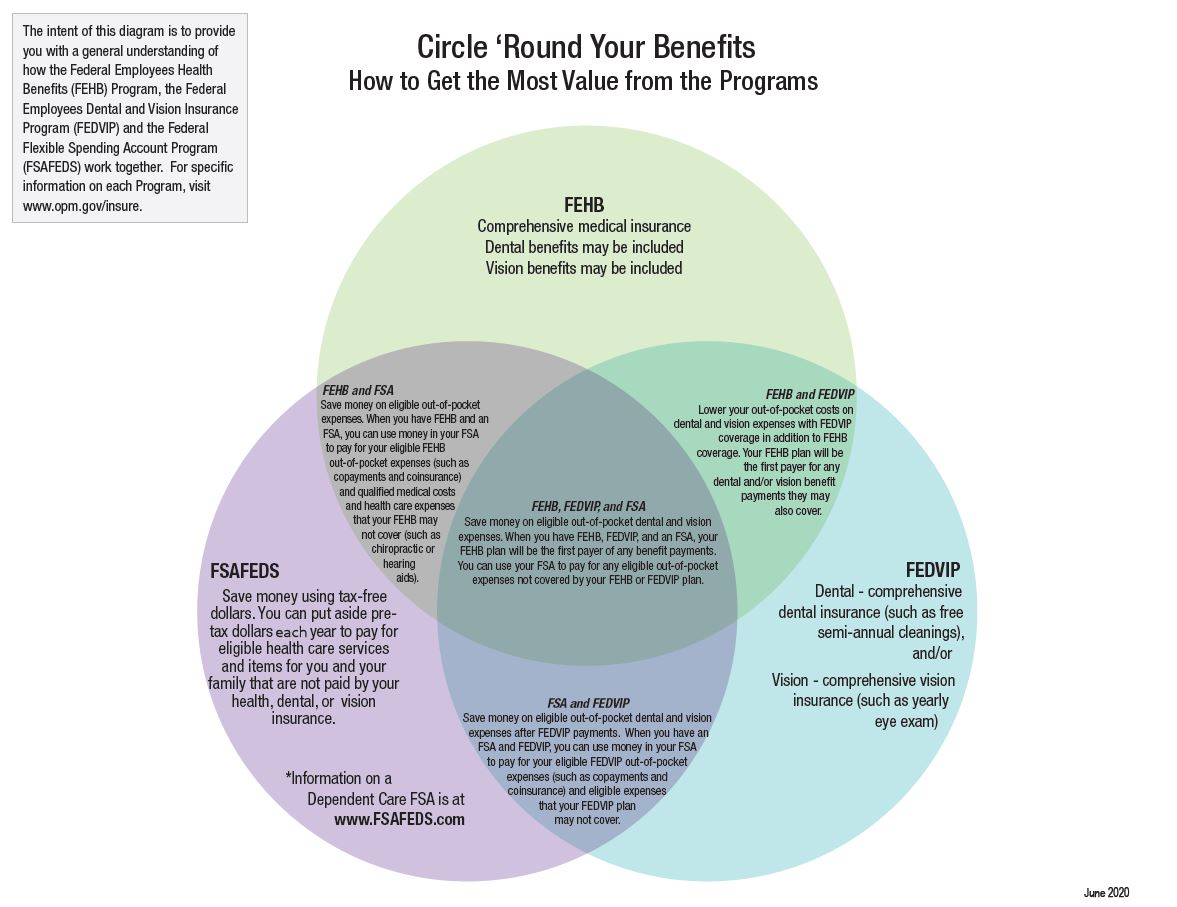Unknown Facts About Medicare Advantage Agent
Unknown Facts About Medicare Advantage Agent
Blog Article
An Unbiased View of Medicare Advantage Agent
Table of Contents8 Easy Facts About Medicare Advantage Agent DescribedMedicare Advantage Agent for DummiesLittle Known Questions About Medicare Advantage Agent.


follows from adheres to the perplexing young fairly profile of account uninsured with the better health, on average, of younger personsMore youthful For those without accessibility to office wellness insurance, poor wellness is a possible barrier to acquiring nongroup insurance coverage since such insurance coverage might be extremely priced, leave out pre-existing conditions, or be simply not available. Unless or else kept in mind, national estimates of individuals without health insurance coverage and proportions of the populace with various kinds of insurance coverage are based on the CPS, the most commonly used resource of price quotes of insurance policy coverage and uninsurance prices.

The Basic Principles Of Medicare Advantage Agent
Over a three-year duration starting early in 1993, 72 million people, 29 percent of the united state population, were without insurance coverage for at least one month. Within a solitary year(1994), 53 million people experienced at least a month without protection(Bennefield, 1998a). 6 out of every 10 uninsured adults are themselves used. Working does boost the possibility that one and one's household members will certainly have insurance, it is not a guarantee. Also members of households with two full-time wage income earners have virtually a one-in-ten chance of being without insurance (9.1 percent without insurance price)(Hoffman and Pohl, 2000 ). The relationship between medical insurance and accessibility to care is well established, as recorded later on in this phase. Although the relationship between medical insurance and health and wellness outcomes is neither direct nor basic, a comprehensive medical and health services study literature links medical insurance coverage
to improved access to care, better top quality, and boosted individual and population health and wellness standing. For instance, the second report, on individual wellness end results for without insurance adults, is represented by the innermost circle of the number, while the third record, on household wellness, encompasses the topics of the second report but stresses a various device of analysis, specifically, the household. The sixth record in the series will present details about techniques and initiatives undertaken locally, statewide, or across the country to resolve the lack of insurance policy and its unfavorable impacts. Degrees of evaluation for checking out the impacts of uninsurance. This discussion of medical insurance protection focuses largely on the united state population under age 65 due to the fact that essentially all Americans 65 and older have Medicare or other public insurance coverage.
Moreover, it focuses especially on those with no health insurance policy for any length of time. The troubles dealt with by the underinsured are in some areas comparable to those encountered by the uninsured, although they are generally less serious. Uninsurance and underinsurance, nonetheless, include clearly various plan issues, and the approaches for resolving them might differ. Throughout this research study my response and the five reports to follow, the primary focus is on individuals without medical insurance and thus no help in spending for health and wellness care past what is available through charity and safety and security web institutions. Medical insurance is a powerful variable influencing invoice of care due to the fact that both patients and medical professionals reply to the out-of-pocket rate of solutions. Health and wellness insurance coverage, nonetheless, is neither required nor sufficient to access to medical solutions. The independent and direct result of health and wellness
insurance coverage on access accessibility health health and wellness solutions well established. Others will obtain the wellness treatment they need even without medical insurance, by spending for it out of pocket or seeking it from carriers that offer treatment free or at highly subsidized prices. For still others, health insurance policy alone does not guarantee receipt of care as a result of various other nonfinancial barriers, such as an absence of health care suppliers in their community, restricted accessibility to transportation, illiteracy, or etymological and social differences. Formal research about without insurance populaces in the United States dates to the late 1920s and very early 1930s when the Board on the Expense of Treatment produced a series of reports regarding funding doctor workplace brows through and hospitalizations. This issue became salient as the numbers of medically indigent climbed up throughout the Great Clinical depression. Empirical studies continually sustain the link between access to care and enhanced health results(Bindman et al., 1995; Starfield, 1995 ). Having a routine source of treatment can be considered a predictor of access, rather than a direct procedure of it, when wellness results are themselves used as gain access to signs. This expansion of the notion of access measurement was made by the IOM Committee on Checking Accessibility to Personal Healthcare Provider(Millman, 1993, p. Whether moms and dads are insured appears to influence whether or not their children get care in addition to exactly how much careeven if the youngsters themselves have insurance coverage(Hanson, 1998). The wellness of moms and dads can affect their ability to take care of their youngsters and the degree of family members stress. Worrying regarding their kids's access to Discover More Here care is itself a source of tension for parents. 3 chapters comply with in this record. Chapter 2 provides an overview of how employment-based health and wellness insurance policy, public programs and private insurance policies operate and interact to offer comprehensive but incomplete protection of the U.S. populace. This consists of a testimonial of historical patterns and public policies impacting both public and personal insurance, a discussion of the communications among the different sorts of insurance coverage, and an exam of why people move from one program to another or wind up

Report this page